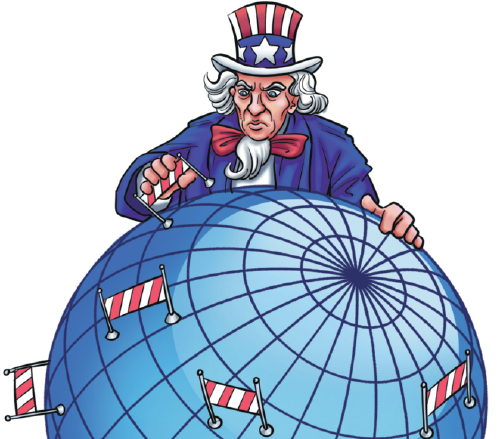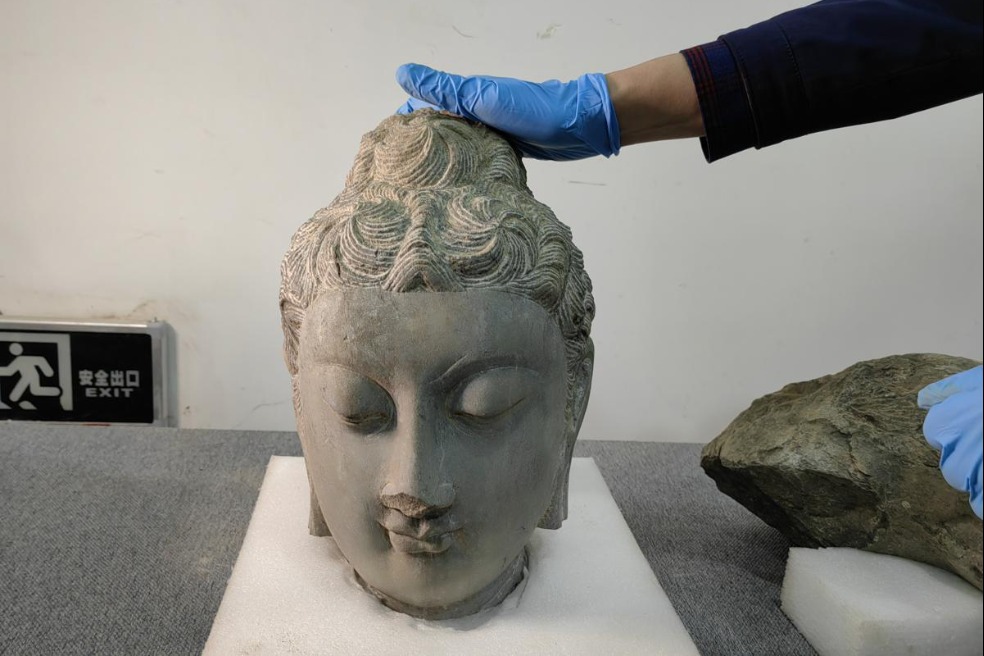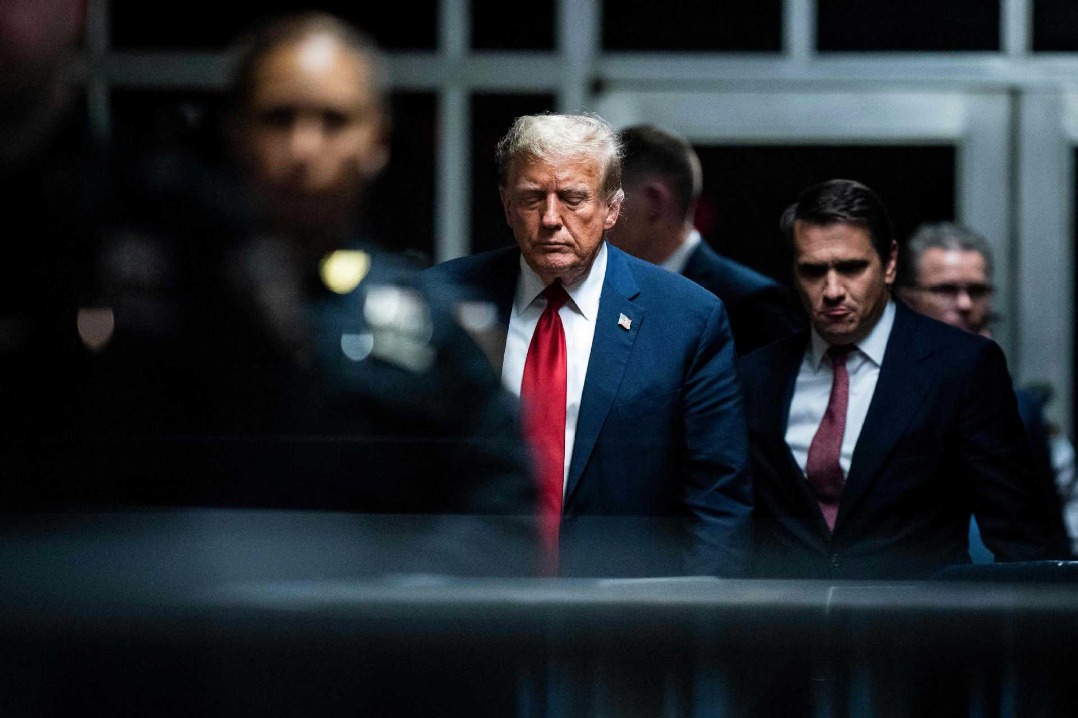How to prevent a war in the Pacific?
By Orçun Göktürk | United World | Updated: 2023-05-25 14:22

The Biden administration continues the same "Indo-Pacific" rhetoric that the US officially changed during the Trump era. Of course, some might say that there is a geographical difference between the two. But the nightmare of the American political elites, the "Asian Age in the 21st Century", also manifests itself in the narrative. "Asia", today symbolizes the birth of a new civilization, which the Atlantic alliance avoids even at a simple level. Geographically considered, the term "Asia-Pacific" was already used to refer to the regions bordering the Pacific and Indian Oceans.
The situation gradually changed when Japanese Prime Minister Shinzo Abe, who was assassinated last year, first coined the term "Indo-Pacific" in the political arena in 2007 The pro-Atlantic side showed its inclination towards the US geostrategic agenda in regards of India and the region. With the Trump administration, the region is now fully referred to as the "Indo-Pacific". "Open and Free Indo-Pacific" has become the official US rhetoric against the People's Republic of China and Asian countries that have re-emerged as a major power in the region.
The strategic importance of the Pacific for the US and China
The Asia-Pacific region, stretching from the US Pacific coastline to the Indian Ocean, is home to more than half the world's population and nearly two-thirds of the world economy. More members of the US military are stationed in the region than in any other country outside the United States. The region supports more than three million American jobs and is the economic lifeblood of the imperialist power, being the source of nearly $900 billion in foreign direct investment in the United States.
Asia-Pacific is rich in mineral reserves, including 35 percent of global natural gas, 67 percent of oil reserves, 40 percent of gold reserves, 60 percent of uranium reserves and 80 percent of diamond deposits. Another strategic importance of the region can be seen in the fact that it hosts seven of the world's ten largest armies, six nuclear powers and contributes to two-thirds of world GDP growth.
The region is also critical, especially for China, which has undergone a miraculous economic development over the last 40 years and is increasingly in need of energy resources (it is the main route for China's oil supplies and 85 percent of China's oil imports pass through the Strait of Malacca).
'Pawns of US hegemony'
In an interview with the media last year, Wang Yi, a member of China's State Council and former foreign minister (he is currently the chairman of the Central Foreign Affairs Commission of the Communist Party of China, the most senior diplomat in China), stated that the United States was "trying to surround China" with the "Indo-Pacific" rhetoric and that it was "doomed to fail". The top Chinese diplomat also described the US use of "Indo-Pacific" instead of "Asia-Pacific" as "against the peoples of Asia who have a common future" and emphasized that the US was "trying to turn Asia-Pacific countries into 'pawns' of US hegemony" and "undermining the peace and development promoted by the countries of the region through decades of joint efforts."
Limitations of US imperialism and the future of the Asia-Pacific
The US attempt to encircle China through Japan, South Korea, the Philippines, Australia and even India has major limitations. China-Australia relations, almost suspended after the AUKUS Agreement, are getting back on track. According to trade figures released this year, the volume of trade between China and Australia has increased by 40 percent. China is the largest trading partner of all Pacific countries that are "US allies". In addition, the expansion of the BRICS and the Shanghai Cooperation Organization (SCO) with new partnerships from the Arab world and Latin America is strengthening the retaining wall in the struggle against US imperialism.
In addition, the independence of Saudi Arabia from US influence, the achievements of countries such as Iran, Iraq and Syria, which are in direct or indirect conflict with the US, the leading roles of countries such as China, Russia, Turkey and Pakistan in the changing international order, and the determined and neutral stance of ASEAN countries against the possible US-China conflict, India's historical relations and strategic partnership with Russia and the resolute stance of Central Asian countries against US aggression show the limits of American hegemony in Asia and the Pacific in particular, from the westernmost part of Asia to the Pacific coast. In Taiwan, after the major defeat of the separatists in the elections, the increasing likelihood of the anti-separatists winning in the general elections to be held next year will invalidate America's biggest card in the Pacific and will be critical in preventing a possible war in the Pacific from the very beginning.
The opinions expressed here are those of the writer and do not necessarily represent the views of China Daily and China Daily website.
























